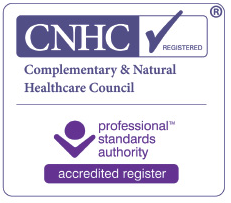Interventions for Online Therapy with Children and Young people
In response to the spread of COVID-19 (coronavirus), many therapists and others in the mental health field are taking their practices online.
Surveys have suggested that 42% of teens are more comfortable sharing information and are even more open online than in person, possibly because of the benefit of experiencing therapy inside the comfort of the home setting. Online work has been beneficial for the generations of people who are accustomed to interacting with others online
In my practice, I have found using online therapy helpful with children, young people, and families. They can often open up quicker and process emotions faster in an environment they already equate with safety. I also noticed that navigating video conferencing is easy for my young clients, as they have grown up with streaming technology. Many of them even know the common tips on troubleshooting (like restarting the program or closing other internet-heavy programs). I mention all of this, aiming to reassure parents wondering if online therapy will be sufficient for their children.
There have been a variety of interventions I use with families and young people online. From screen sharing activities using dolls houses, sand trays, puppet theatres, and animations and videos providing valuable strategies for managing emotions to regular talk-therapy interventions, it's easy to come up with a whole host of things to do with your child. Examples being:
Mindfulness/check-in activities – start the session with gaining the attention of the child by playing a game requiring them to engage like counting fingers, singing a song, showing where they are.
A scavenger hunt – find something that makes you happy, sad, angry, or find five objects you would like to show me. Name something that makes you happy, sad, and angry. Draw these emotions on the whiteboard.
Games – naughts and crosses, Simon Says, I Spy, Charades, detective games.
Tour of the house – make sure all is fine with that before doing that. Fridge/bedroom wall to show where posters/activities we do together are put up.
Therapeutic Storytelling – reading a book together either from a YouTube video, their favourite book, or one you read
Let's Draw Together – joint drawing – let's create something together using the Zoom whiteboard.
Draw me a picture – see whiteboard on Zoom – ideal school, ideal family, ideal home, a family doing something, a person, a tree, a house Person-centred tools – There are lots of person-centred that can be found online. These can be great to provide insights into the child's experience of home, school, and life and elicit their needs and strengths. About Me Poster.
Blobs: The Blobs are tremendous and can be found for free in Google Images. The Blobs offer a range of activities to do with children to elicit how they represent themselves in different activities such as reading, maths, writing, or at home, in sports, etc. You can also ask questions about the characters representing their family or friends. The activity is aimed to elicit their views of the world and their sense of self









